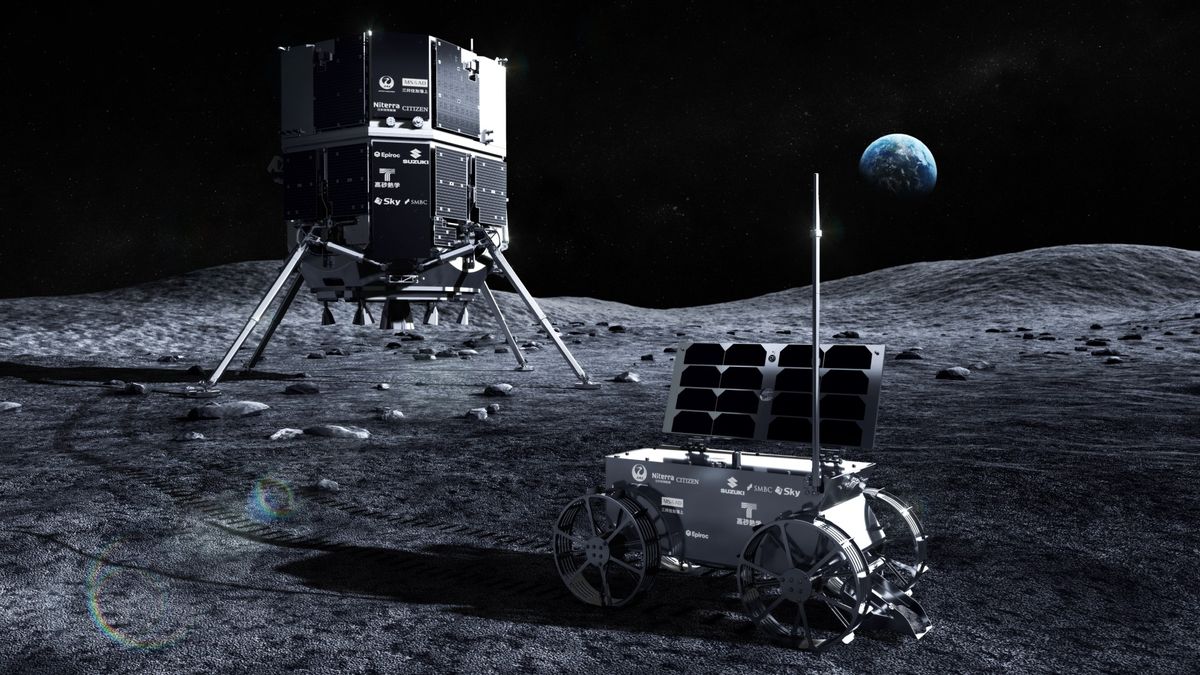Now Reading: Japanese Moon Lander Crash Linked to Laser Sensor Issue: ispace
-
01
Japanese Moon Lander Crash Linked to Laser Sensor Issue: ispace
Japanese Moon Lander Crash Linked to Laser Sensor Issue: ispace

Quick Summary:
- Incident: Japanese company ispace’s second attempt to land teh Resilience moon lander failed on June 5, crashing in the Mare Frigoris region (“Sea of Cold”).
- Cause Identified: An anomaly in the spacecraft’s laser range finder (LRF) prevented proper altitude measurements, causing inadequate deceleration before touching down.
- Possible Contributing Factors:
– Unusual reflectivity of lunar surface.
– Incorrect angle of laser relative to surface.
– Insufficient laser power or high-speed performance issues.
– Potential radiation damage affecting spacecraft systems.
- Previous failures: ispace experienced a similar fail in April 2023 with its Hakuto-R lander.
- Plans for Correction: Strengthening landing sensor testing and verification; future missions will include additional vision-based sensors and hardware improvements.
- Upcoming Projects: Missions 3 & 4 set to deploy larger Apex 1.0 moon landers with enhanced capabilities.
- Related News: A private U.S.-built moon lander, Blue Ghost by Firefly Aerospace, succeeded earlier this year.
Images:
- Illustration showing Resilience lunar lander and Tenacious microrover on intended lunar site.
- Artist portrayal during live-streamed landing attempt (June).
- NASA Lunar reconnaissance Orbiter image showing crash site’s dark smudge surrounded by regolith halo.
Indian Opinion Analysis:
The failed lunar landing attempts by ispace signify both challenges and learning curves inherent in private space exploration initiatives worldwide-a domain India itself is actively pursuing through ISRO and upcoming startup ventures under its privatized space policy.
Key takeaways center around technological rigor: The failure highlights how critical sensor precision is for soft lunar touchdowns-an area requiring constant innovation as companies compete globally for deep-space capabilities beyond government efforts like Chandrayaan missions.
India might draw lessons from this case while advancing collaborations between ISRO, private entities like Pixxel, or others toward maintaining reliability in navigation systems integral to future Moon projects-essential as global players shift focus towards sustained exploration ambitions like resource mining within next-gen missions.

























